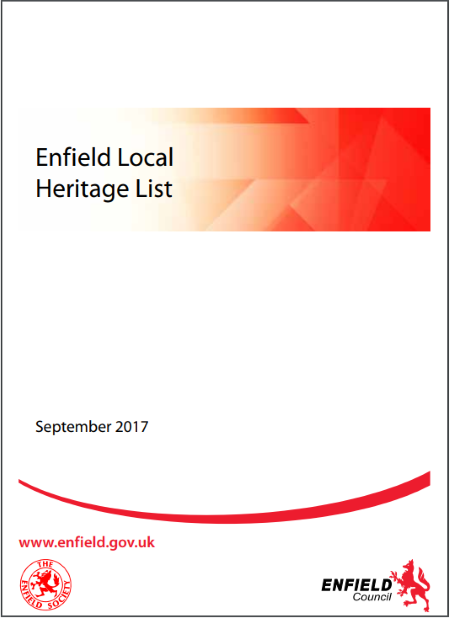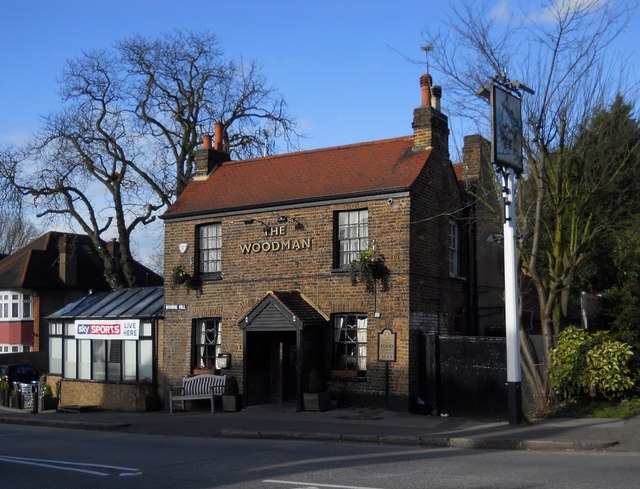 The Local List was published jointly by Enfield Council and the Enfield SocietyHard work and foot slogging put in by teams of volunteers has been rewarded by finalisation and publication of a new heritage list covering the entire London Borough of Enfield.
The Local List was published jointly by Enfield Council and the Enfield SocietyHard work and foot slogging put in by teams of volunteers has been rewarded by finalisation and publication of a new heritage list covering the entire London Borough of Enfield.
The Enfield Local Heritage List was published last week by the council's Heritage Officer, but the organisation which took the lead in drawing up the list was the Enfield Society, aided by the Enfield Conservation Advisory Group, Enfield Local History and other local groups, plus the national organisation Historic England. The list contains buildings, archaeological sites, landmarks and designed landscapes that have been identified as having local heritage interest, are important to the community and have a positive benefit to Enfield.
 One of several pubs in the Local List, the Woodman was built around 1727, originally as two rustic small cottages.
One of several pubs in the Local List, the Woodman was built around 1727, originally as two rustic small cottages.
© Paul Bryan and licensed for reuse under this Creative Commons Licence.
Local Listing does not provide the same degree of protection of built environment that the better known Grade I and Grade II Statutory Listings do (see the statutory listings here), but the fact that a local asset is listed counts as material consideration when deciding on planning applications. This is what Historic England say about Local Listing:
"Local heritage listing is a means for a community and a local planning authority to identify heritage assets that are valued as distinctive elements of the local historic environment. It provides clarity on the location of assets and what it is about them that is significant, helping to ensure that strategic local planning properly takes account of the desirability of their conservation. Sometimes it may also help identify overlooked assets of high significance, which may warrant consideration for designation at the national level, too. The process of preparing a local heritage list not only allows communities to identify local heritage that they would like recognised and protected, but it is also an opportunity for local authorities and communities to work in partnership. Creating a local heritage list also helps to improve access to clear, comprehensive and current information about the historic environment at the local level through resources such as Historic Environment Records (HERs) which can speed up the planning process."
There are around 250 locally listed assets whose details are summarised in the new publication. Not all are buildings: there are the historic fingerposts, such as the one at Palmers Green Triangle (currently fingerless, but not for much longer) and rare Edward VIII post boxes. Most are quite old, but some were built well within living memory, for example the water tower near Trent Park, which dates from 1968.
Reading through the list you can learn more about local history and be prompted to visit streets in the borough that you've never been to before.